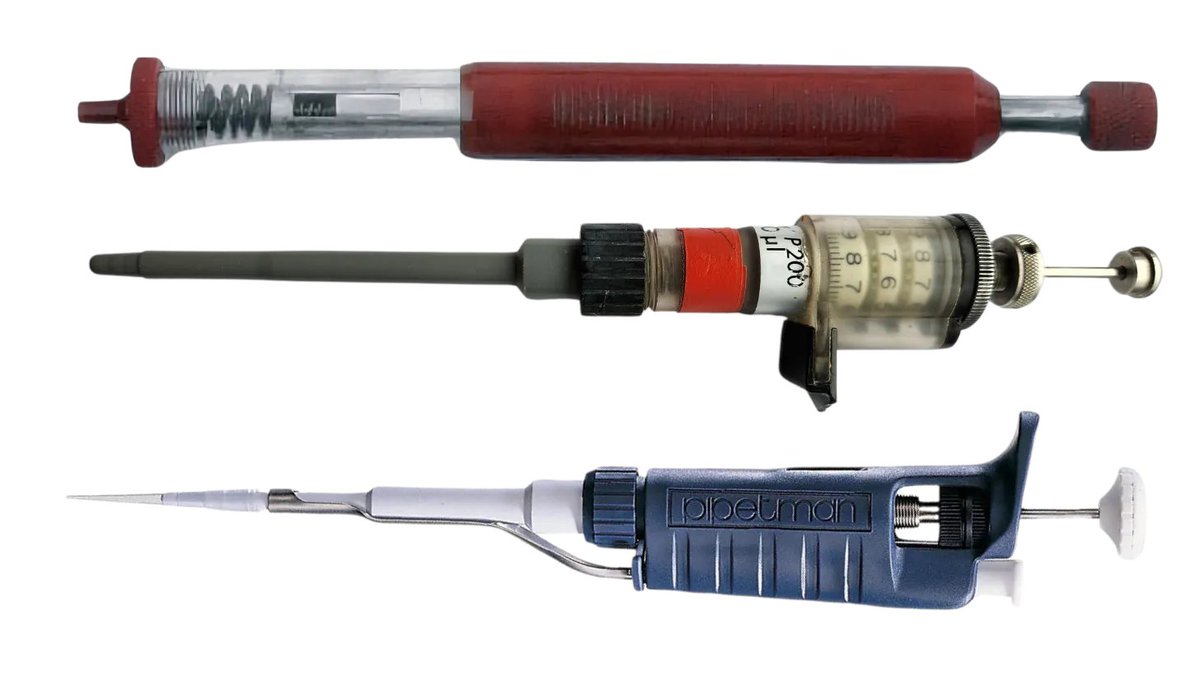
Nanda Singh
@nsinghbio
A proud husband, Postdoc in @AlexValvezan's Lab @RutgersCABM, interested in metabolism, cell cycle & mTOR
ID: 1558342538372587521
13-08-2022 06:40:01
67 Tweet
16 Takipçi
125 Takip Edilen
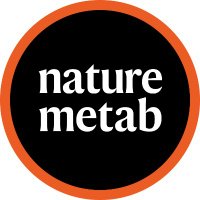
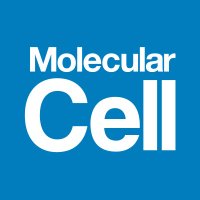
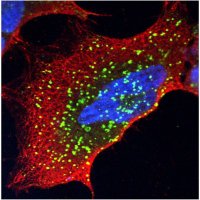


Escherichia coli bacteria (E. coli) can convert a molecule derived from a waste plastic bottle into paracetamol, a pain medication also known as acetaminophen, according to a paper in Nature Chemistry. go.nature.com/3G8s966



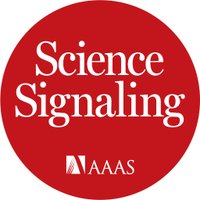

1/ 🚨 Our new paper is online in nature ! As its first author, I’m enthusiastic to finally share it with you all!🎉 🧠 We discovered a mechanistic link between cellular energy metabolism and the control of the need to sleep 💤 👉 nature.com/articles/s4158… Department of Physiology Anatomy & Genetics (DPAG) 🧵👇

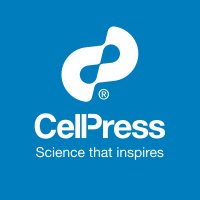
Potato evolved from tomato 9 million years ago. cell.com/cell/fulltext/… Natural History Museum Sandra Knapp University of British Columbia Loren H. Rieseberg Sichuan University Jianquan Liu #CAAS Sanwen Huang @cellcellpress



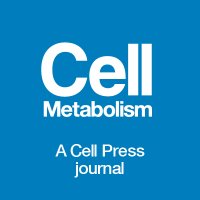

This newly published report by Iain Campbell, Ph.D. is worth reading (nature.com/articles/s4138…). I appreciate their rigorous approach to revealing the metabolic foundation of bipolar disorder, including not only the seasonality of the disorder, but also some traditional and effective







